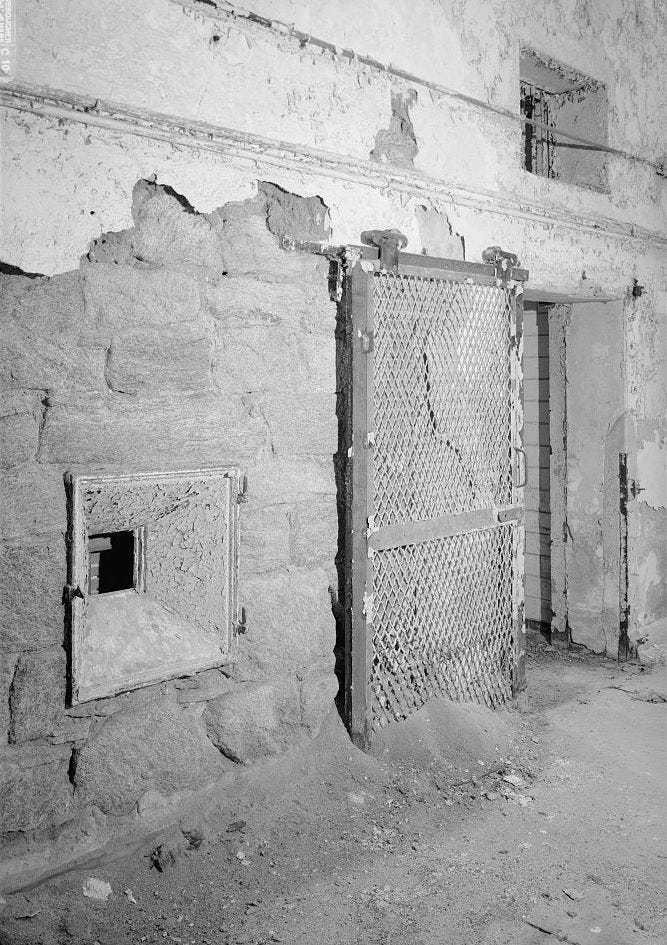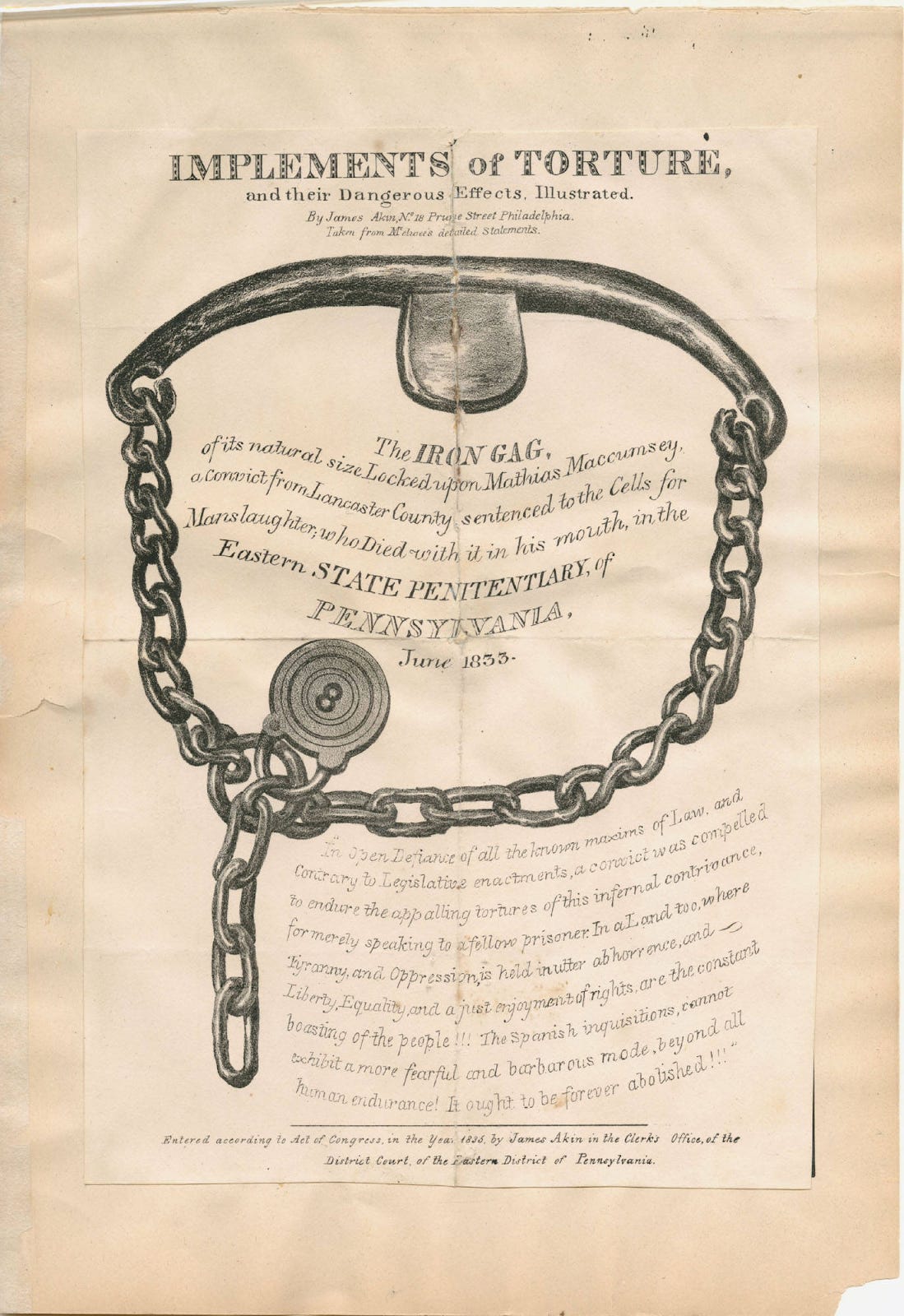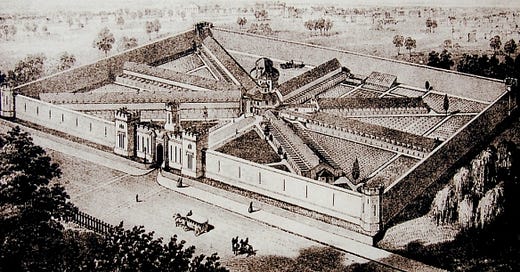If you haven’t listened to our most recent episode on John Haviland, the architect of Eastern State Penitentiary, give it a listen! https://smartlink.ausha.co/d-listers-of-history-3/slow-and-daily-tampering-with-the-mysteries-of-the-brain
When I talk to guests on tour about Eastern State Penitentiary, one of the most common questions is, “Why did it close?”
The answer to that question is pretty dull; it was the early 1970s, and the building was woefully outdated. It was well past time to close its doors.
What is far more interesting is that Eastern State arguably never really lived up to its goal of being a perfect example of the new Pennsylvania System.
Haviland’s original plan brought together many new and groundbreaking ideas; like many new and groundbreaking things, it did not always work very well.

Some of Haviland’s plans simply did not work. Initially, the only access between the corridors and the cells was through a feeding hole. To get in and out of the cell, a guard would need to walk outside, back around the back, and only cell door. This was massively inconvenient, especially in poor weather, and didn’t allow for quick response times to crises.
There were other key issues as well. Haviland's heating system installed beneath the floors was not strong enough to heat the building. Much like the feeding holes, this was another issue of too much philosophy and insufficient practicality. Haviland worried that prisoners would communicate via heating pipes, hence why they were beneath the floors where they were doing very little actual heating of the space.
My personal favorite, though, will always be that no one realized until it was too late that Eastern State was at a higher elevation than the water reservoir they planned to use. Given that water was distributed via gravity, you can see the issue.
The thing that killed the project before the final bricks were laid was overcrowding.
One of the key ideas around the Pennsylvania system was that while solitary confinement was tortuous, outside of that, the prisoner’s needs would be cared for, including time outside when weather permitted. Prisoners would have enough room to live, work, and engage in hobbies.
What became clear, though, was that 250 cells would not be enough. When cellblocks 4-7 were built, Haviland added floors to each block. These second-floor cells lacked any outdoor space, meaning that some prisoners would not get to breathe fresh air during their sentences.
When this proved insufficient, prisoners shared their space with another person. The previously relatively roomy cells seemed much smaller when shared with another one, two, or three people.
Eastern State did not officially abolish the solitary system until 1913, but it was long dead by then.

Furthermore, the lie of more humane treatment came to light after the death of Mathias Maccumsey, which triggered an investigation in 1834 before the building was even complete.
Eastern State seemed to contemporary reformers a humane solution to the problem of crime, but the realities did not reflect that dream.
1834 was far from the last investigation into the struggling Eastern State Penitentiary. Look out for more posts about later investigations that revealed drugs, sex, and wild escapes.





